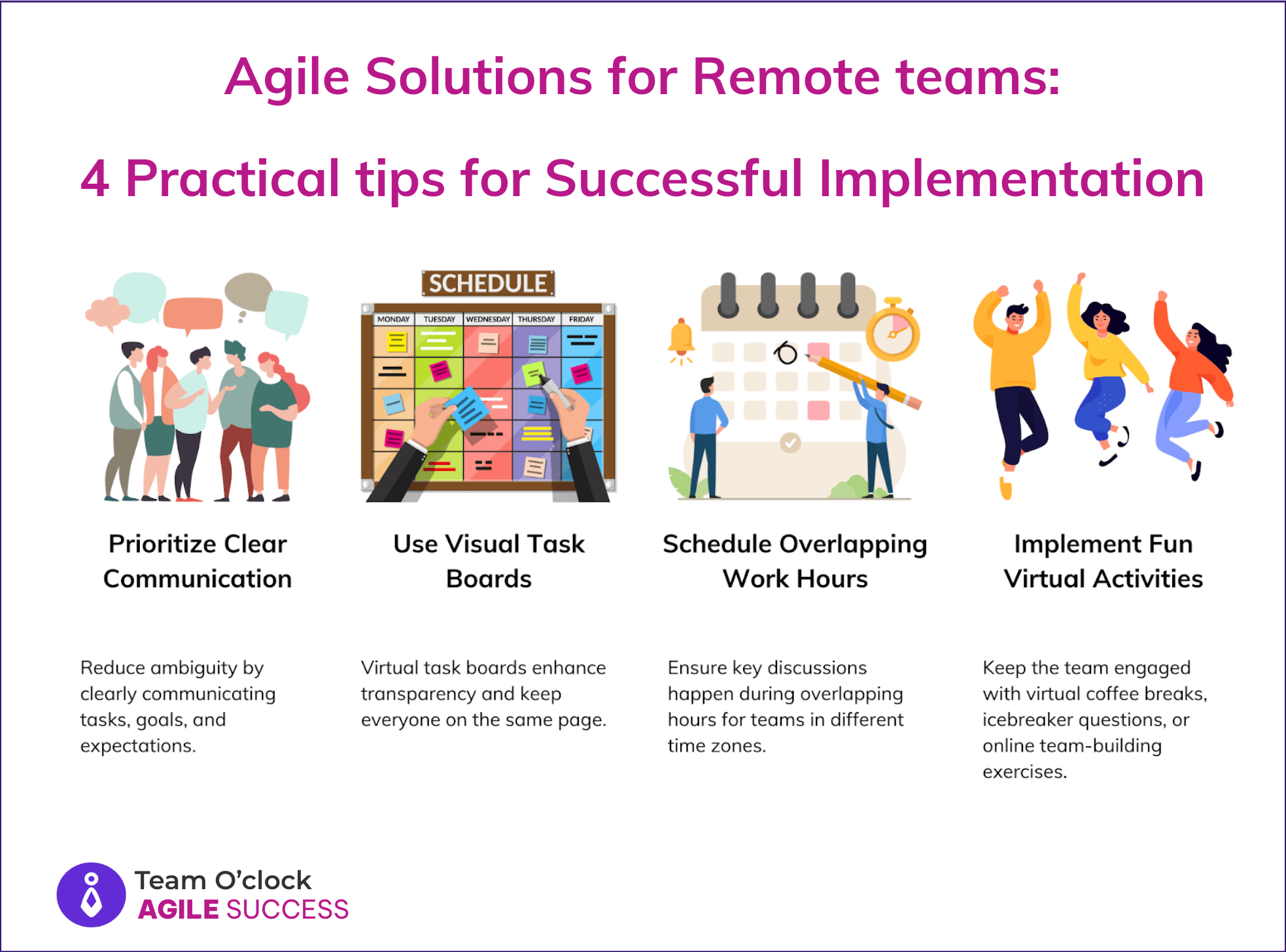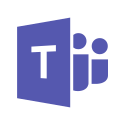
Agile Solutions for Remote Teams: How to Stay Competitive in 2025

By 2030, it is projected that approximately 255 million remote workers will exist globally.
As work dynamics evolve, traditional Agile practices must adapt to meet the unique challenges of distributed and hybrid teams.
From asynchronous communication to advanced collaboration tools, the Agile solutions of 2025 will redefine how remote teams operate. This blog will explore key trends, strategies, and tools that will empower remote teams to thrive in the coming years.
Key Trends in Agile Solutions for Remote Teams
Evolution of Agile Practices
Agile methodologies were originally designed for co-located teams, but the rise of remote work has necessitated a shift in how these practices are implemented. 2025 Agile will be redefined to prioritize flexibility, inclusivity, and adaptability for distributed teams.
Importance of Asynchronous Communication and Robust Documentation
With team members spread across different time zones, async communication will become the backbone of remote Agile teams. Robust documentation will also play a critical role in ensuring alignment and transparency.
Asynchronous Work Models
Benefits:
Flexibility: Team members can contribute at their own pace.
Time-Zone Inclusivity: Reduces dependency on overlapping work hours.
Productivity Optimization: Allows for deep work without constant interruptions.
Practical Tip:
Use asynchronous updates for daily standups, combining them with live discussions when necessary. Tools like Loom or Slack can help streamline this process.
Outcome-Based Performance Metrics
Shifting from Hours to Results:
In 2025, remote teams will focus on outcomes rather than hours worked. Clear KPIs and results-driven metrics will replace traditional time-tracking methods.
Practical Tip:
Define KPIs collaboratively to ensure alignment across the team. Use tools like OKR software to track progress and measure success.
Continuous Feedback Mechanisms
Role of Virtual Retrospectives:
Regular feedback is essential for continuous improvement. Virtual retrospectives and structured feedback channels will help remote teams stay aligned and address challenges proactively.
Practical Tip:
Use collaboration tools or online surveys for anonymous input, ensuring everyone has a voice in the feedback process.
Technology and Tools
Must-Have Tools:
Slack: For seamless communication.
Asana: For task management and project tracking.
Notion: For documentation and knowledge sharing.
AI-Driven Task Managers: For automating repetitive tasks and optimizing workflows.
Practical Tip:
Invest in tools that facilitate real-time data synchronization and seamless collaboration across time zones.
Building Virtual Culture
Importance of Camaraderie:
Fostering a sense of community is crucial for remote teams. A strong virtual culture boosts morale, engagement, and productivity.
Practical Tip:
Host regular virtual team-building activities, celebrate milestones, and create opportunities for informal interactions.
Strategies for Implementing Agile Solutions in Remote Teams
Adapting Core Agile Practices
Modify Agile Ceremonies:
Traditional Agile ceremonies like sprint planning and retrospectives must be adapted for remote settings.
Practical Tip:
Share detailed agendas and pre-recorded updates before live sessions to ensure everyone is prepared and aligned.
Iterative Processes
Emphasize Regular Reviews:
Continuous improvement is at the heart of Agile. Regular reviews and real-world feedback will help remote teams stay on track.
Practical Tip:
Schedule bi-weekly Sprint Reviews using collaborative platforms like Zoom or Microsoft Teams.
Empowering Team Members
Build a Culture of Trust:
Remote teams thrive when members feel trusted and empowered to take ownership of their work.
Practical Tip:
Encourage self-organization and provide autonomy in task execution. Use tools like Jira to track progress without micromanaging.
Leveraging Advanced Technologies
Explore Emerging Tools:
Technologies like virtual reality (VR) for virtual meetings and AI-driven tools for task management will revolutionize remote collaboration.
Practical Tip:
Pilot-test new technologies with smaller groups before rolling them out to the entire team.
Focusing on Continuous Improvement
Center Management Practices Around Learning:
Agile is all about adaptation and growth. Incorporate feedback loops into every sprint to refine processes and approaches.
Practical Tip:
Use metrics and retrospectives to identify areas for improvement and implement changes iteratively.

Takeaway
The future of remote work is Agile. By 2025, teams that embrace asynchronous communication, outcome-based metrics, and advanced collaboration tools will have a significant competitive edge. Adapting Agile practices for remote settings, fostering a strong virtual culture, and leveraging emerging technologies will be key to success.
Ready to future-proof your remote team? Explore Team O’Clock’s advanced tools and Agile solutions to stay competitive and adaptive in remote settings. Sign up today and get a free 15-day trial.
Agile Solutions for Remote Teams FAQs
1. What are Agile solutions for remote teams?
Agile solutions for remote teams are strategies, tools, and practices designed to help distributed teams collaborate effectively while adhering to Agile principles.
2. Why is Agile important for remote teams in 2025?
Agile ensures adaptability, continuous improvement, and alignment across globally distributed team members, making it essential for success in a remote-first world.
3. How can remote teams adapt traditional Agile practices?
Modify ceremonies for remote settings, such as asynchronous sprint planning and online retrospectives, to suit distributed work dynamics.
4. What tools are best for remote Agile teams?
Essential tools include Slack for communication, Asana for task management, Notion for documentation, and Miro for collaboration.
5. What is the role of asynchronous communication in remote Agile teams?
Asynchronous communication ensures team members in different time zones can contribute flexibly without disrupting workflows.
6. How can remote teams measure performance effectively?
Focus on outcome-based metrics and clear KPIs instead of tracking hours worked.
7. What are the best ways to build a virtual team culture?
Regular virtual team-building activities, celebrating personal milestones, and fostering a sense of community through informal interactions.
8. How can remote teams ensure continuous improvement?
Conduct virtual retrospectives, implement feedback loops, and use metrics to refine processes and adapt to changes.
9. What are the challenges of implementing Agile in remote teams?
Challenges include time-zone differences, lack of physical interaction, and maintaining alignment across distributed teams.
10. How can emerging technologies enhance remote Agile collaboration?
Technologies like virtual reality for meetings and AI-driven tools for task management bridge communication gaps and enhance productivity.

Ready to future-proof your remote team? Explore Team O’Clock’s advanced tools and Agile solutions to stay competitive and adaptive in remote settings.







